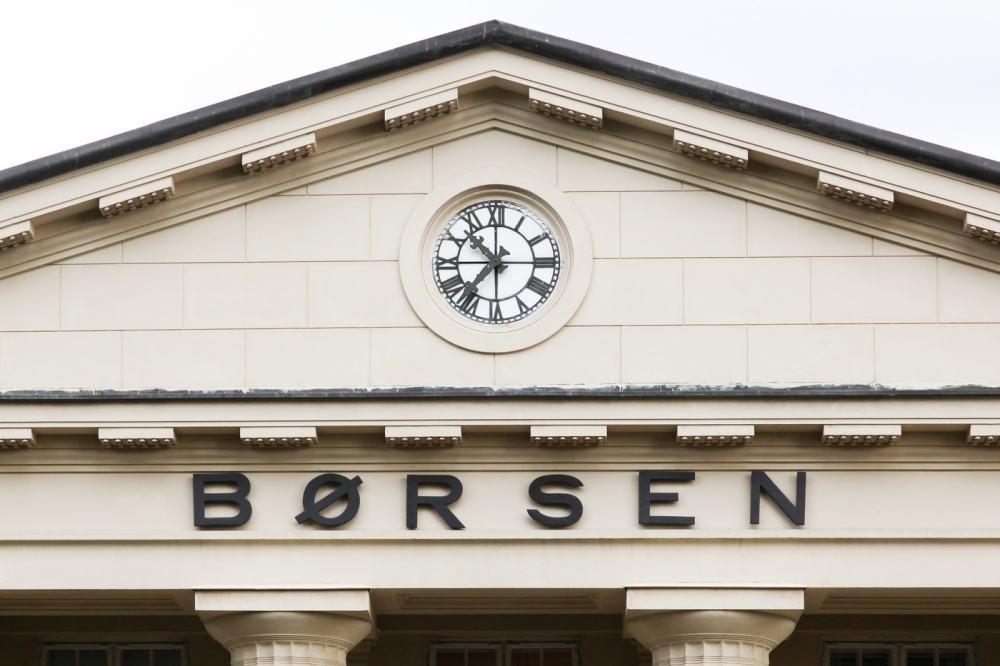1. Chile Report: Salmon Farming
At the beginning of 2019, we took the opportunity to visit salmon farming operations in the Chilean summer.

The 28th of September 2022 will be remembered as a special day for many CEOs of Norwegian salmon companies, as well as for Bonafide. But why? What happened? The events in three acts:
1st: The Norwegian government makes a proposal for an additional 40% resource tax for Norway's salmon farmers
2nd: Prices in Norway collapse between 15% and 30%
3th: These circumstances offer a unique buying opportunity for Bonafide
In order to reduce the 2023 budget deficit, the Norwegian centre-left government today submitted a proposal to the parliament to impose an additional 40% resource tax on aquacultures that farm salmon in Norwegian waters. The introduction is planned for 1 January 2023, but the proposal has yet to be approved by parliament. The share prices of the main fish farmers – SalMar, Leroy Seafood, Grieg Seafood and co. – plummeted by up to 30% on the news.
In recent months, Bonafide has systematically built up cash positions in all fund products in the double-digit percentage range, partly by downgrading salmon stocks in Norway to "neutral weighting". This decision has turned out to be right and today has once again shown the importance of diversification in the portfolio.
If not now, then when? This was the question we had to ask ourselves today. We used today's favourable prices for rebalancing on the one hand and to increase our weighting in Norwegian producers on the other.
The risk/return profile shows a very positive picture that has not prevailed for a long time.
Fundamentally, the outlook for salmon producers remains strong despite fears of a global recession. For 2023, salmon prices are already being paid above NOK 80/kg, while input prices are showing signs of easing on the cost side.
In light of the already existing tax rates and licence costs, the planned additional tax burden for fish farmers seems unjustified. Since the current year, salmon farmers have been paying a new production tax of NOK 0.40/kg, which, when decided two years ago, was already seen as a compromise solution between the industry and the government to let the population participate in the profits.
We see the disruption in the market as a buying opportunity. The scenario of tax increases has already been largely priced in and the current price declines represent a clear overreaction of the market. In view of the very attractive risk/return profiles, which have not prevailed for a long time, the sector allocation to producers in Norway was immediately increased.
Fundamentally, the outlook for salmon producers remains bright despite fears of a global recession. Salmon prices of over NOK 80/kg are already being paid for 2023, while on the cost side input prices are sending signs of easing.
The government justifies the resource tax by saying that the Norwegian fjords offer the best climatic conditions for salmon farming. However, the fjords are owned by the population, so they are entitled to a share of the profits. In the same official communication, resource taxes for energy companies (including wind and water power) are also introduced or increased.
The salmon farmers acquire or purchase the farming licenses at market prices. The compensation for this goes to the state or the local districts. The farmers in Norway are also subject to the standard corporate profit tax of 22%. The total taxation after the introduction of the additional 40% resource tax would thus increase to 62%. Furthermore, salmon farmers have been paying a new production tax of NOK 0.40/kg since this year. At the time of the decision two years ago, this was already seen as a compromise solution between industry and government to allow the population to participate in the profits.
For the shareholders of salmon companies with farms in the Norwegian fjords, the new tax means a noticeable loss of profit. Depending on the company, initial estimates put this at 15-30%. For the sector and the local population, it is also expected that private investments in the fjords of Norway will be reduced and companies will diversify into other regions of the world. As a result, volume growth in Norway is expected to come to a standstill. As a result, higher prices can be expected in the long term as global demand for salmon continues to rise, which in turn compensates for part of the new tax.
Today's slide on the seafood exchange in Oslo is unparalleled. Shares in salmon companies are down between 15-30% at the time of writing. Together with the share price declines since mid-September 2022, when the first rumours of tax discussions emerged, the expected profit losses have already been more than offset. The "worst case" is included in the share prices.
Fundamentally, the outlook for salmon producers remains strong despite fears of a global recession. Salmon prices of over NOK 80/kg are already being paid for 2023, while on the cost side input prices are showing signs of easing. The new (negative) information with the resource tax is already fully priced in, although a strong lobbying campaign from the industry and its clusters (employees, suppliers, districts, etc.) describing the gloomy scenarios is still to be expected. One has to bear in mind that the Norwegian government has only recently reaffirmed its vision to quintuple (!) the breeding volume by 2050. The hoped-for long-term prosperity gains for the country are likely to vanish into thin air under the new circumstances. Although the centre-left has a majority in parliament, there is a likelihood that the introduction will be postponed, the tax rate reduced or at best even abolished. On the other hand, in our view, the market negates the (positive) information to be derived that supply growth is coming to a halt due to a lack of investment. Last but not least, there are numerous questions about the technical implementation, because the companies have complex value chains and the tax "only" affects farming in the fjords. The risk of further panic-driven falls in the price of salmon stocks in Norway has decreased noticeably. On the other hand, the profit potential of a countermovement, triggered by mitigating statements by the government or the awareness of all effects (positive and negative), has risen sharply.
Over the past few months, Bonafide has built up double-digit percentage cash positions in all portfolios, including the downgrade of salmon stocks in Norway to "neutral weighting". Bonafide is now rebalancing heavily and buying stocks to restore the original allocations. In view of the very attractive risk/return profiles, which have not been seen for a long time, the sector allocation to producers in Norway is also being increased.
This turbulent day on the seafood markets once again underlines the importance of diversification. Even if the global megatrends are valid everywhere in the world, cluster risks can be reduced through global diversification along the entire value chain. The Bonafide team has over 10 years of experience in the sector and generates added value for investors through active management.
Are you interested in learning more? We would be very pleased to get in touch with you.

Comments